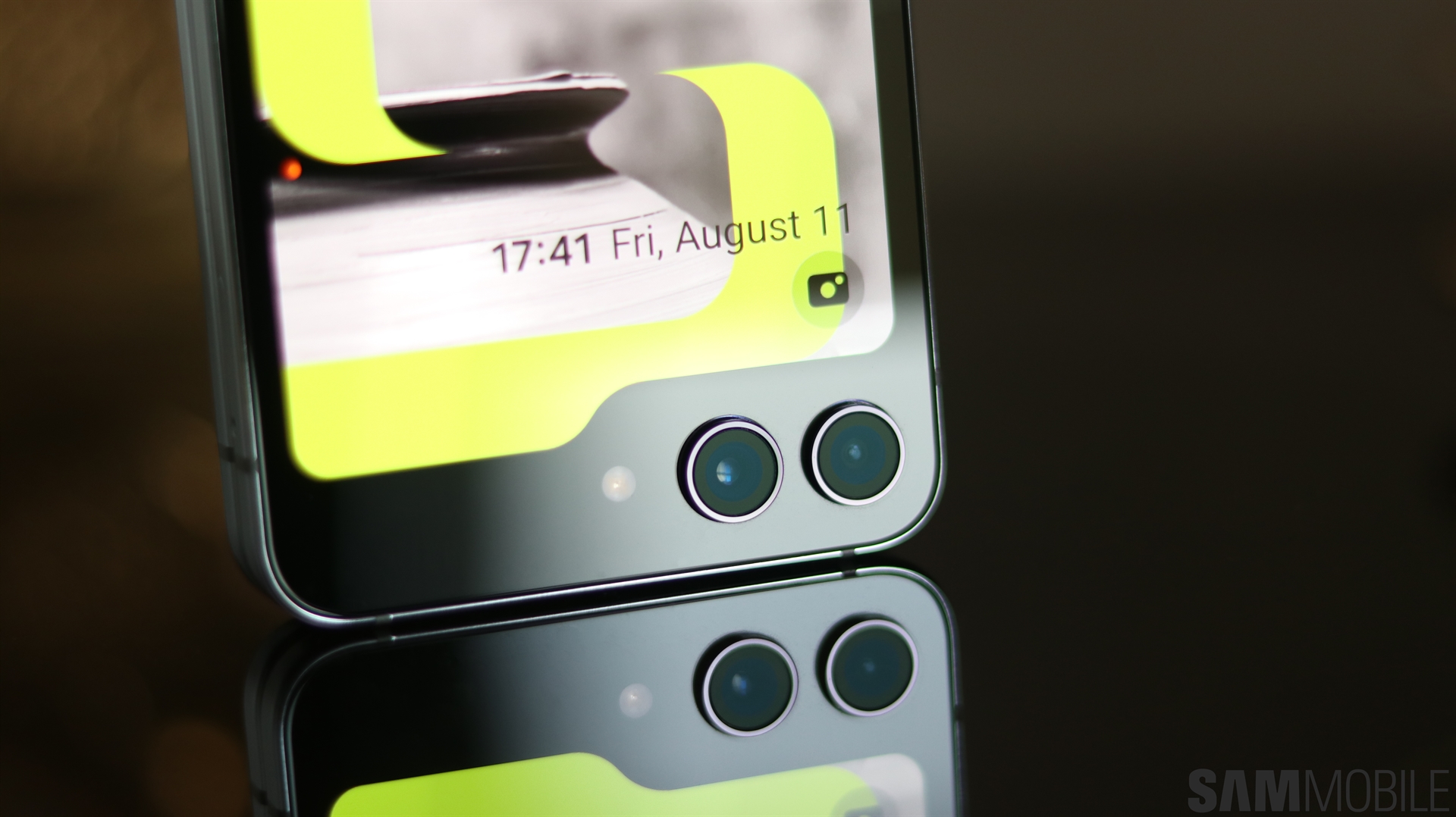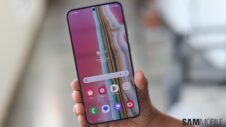It's been more than a year since Huawei came out with a clamshell foldable smartphone to rival Samsung's Galaxy Z Flip offerings. Huawei had made a decent first attempt but it fell short of overshadowing Samsung's flip phone. The company has taken its time to prepare the next iteration in its Pocket lineup of clamshell foldables, launching the Huawei Pocket 2 earlier this week. It can be considered a direct competitor to the Samsung's Galaxy Z Flip 5, as that's the most popular foldable phone in the form factor right now.
The Galaxy Z Flip 5 is a solid phone. It features Qualcomm's powerful Snapdragon 8 Gen 2 chipset for Galaxy chipset, Samsung's latest UFS 4.0 memory chips, and a large 3.4-inch cover display that makes it so easy to use the device without having to unfold it for every little task.
Huawei has taken a different approach for its clamshell foldables. It has opted for two circular cutouts, one that houses the camera sensors and the other with a circular display. That's why the Pocket 2 only comes with a small 1.15 inch cover display, and that can barely hold a candle to what you can do with the Galaxy Z Flip 5's outer display. So while Samsung's foldable takes the cake here, there's no denying that in other aspects, Huawei's latest flagship has Galaxy Z Flip 5 fans seething with jealousy.
So far, Samsung hasn't made any real efforts to make its foldable phones true camera phones. Yes, the cameras are good enough, but if you want the best cameras on a Galaxy phone you're better off with a Galaxy S series device. Huawei's focused on making cameras one of the biggest selling points of its newest flip phone, and the specs are enough to cash the cheques Huawei's marketing department is writing.
The Pocket 2 has a total of five cameras, one on the internal display and four in the external cutout, compared to the Galaxy Z Flip 5's one internal and two external cameras. Samsung's flip phone has a 12-megapixel f/1.8 wide and 12-megapixel f/2.2 ultra-wide sensor. Huawei has equipped its latest device with a 50-megapixel f/1.6 wide, 12-megapixel f/2.2 ultra-wide, 8-megapixel 3x optical zoom telephoto, and 2-megapixel spectral sensor.
It's noteworthy that Huawei has equipped the Pocket 2 with a 3x optical zoom camera, clearly establishing that it's neither the size or weight nor the form factor that prevents a zoom camera from being added to a foldable flip phone. A camera setup feels incomplete without a zoom sensor in this day and age, and given the Galaxy Z Flip lineup's positioning as a premium series, it's unfortunate that we're still left without this capability.
Samsung makes a big deal out of how you can use the hinge's inherent rigidity to capture photos at unique angles. The device can also be propped open and used as a tripod of sorts to take pictures. Not having a zoom camera severely limits your ability to capture good shots, particularly if you're traveling, as that has been one of my biggest gripes when using the Galaxy Z Flip 5 to take photos on trips. My phone can't do optical zoom but Huawei's can and that just doesn't sit right with me.
The Pocket 2 edges out the Galaxy Z Flip 5 in other areas as well. It has a slightly more brighter display panel, satellite messaging capability, faster wired charging, and a much bigger 4,520mAh battery in a body that when folded, is just .2mm thicker than the Flip 5. Clearly Huawei wasn't aiming to play catchup with this device, it's launched a proper next-generation foldable flip phone that will easily hold its own against all competitors until the following year.
Granted, the Galaxy Z Flip 5 was launched more than six months ago and we should hold out hope that the Galaxy Z Flip 6 will close the gap, but seeing how Samsung prefers to introduce moderate improvements every year it's entirely possible that this year's clamshell foldable from the Korean giant may still not be able to fully tick all of the boxes against Huawei's latest contender. Initial reports are not encouraging. While the Galaxy Z Flip 6 is expected to feature a 50-megapixel wide sensor, it may retain the 8-megapixel ultra-wide and won't have a zoom sensor to begin with.
Perhaps Samsung feels that it doesn't need to push as hard. There's no denying the fact that Huawei isn't really a challenger for Samsung anymore. The company's access to Google's services is cut off, sanctions limit its device sales in major markets, and it faces difficulties in sourcing essential components for its devices. Despite all of those challenges, Huawei has come out with a device that's one of the only true competitors to the Galaxy Z Flip series right now.
While there are other manufacturers of clamshell flip phones that can compete against Samsung in all markets, their products can't hold a candle to the Galaxy Z Flip lineup, so Samsung feels secure in its position. On the other hand, Huawei dominates the Chinese market for foldable phones, leaving little space even for other homegrown rivals. Meanwhile Samsung, which currently has a less than 1% market share in China, doesn't seem to have any plans to challenge Huawei on home ground.
It might make business sense for Samsung to have its foldable and Huawei's challenger exist in their separate bubbles. Huawei can't bother Samsung outside China and Samsung isn't making any major moves in the People's Republic. It's like an unspoken truce has been achieved, a cessation of challenges as both companies focus on carving out their territory in the foldable segment without encroaching on each other's.
Be that as it may, at least what Huawei is doing serves as proof enough for Samsung fans that a lot more can be extracted for the Galaxy Z Flip series than where the company is holding it at right now. Wouldn't it be so much better if Samsung kicked things up a notch and showed the world once again why it's the dominant force in the foldable segment, rather than let Huawei have the limelight. That's something its most loyal fans, those who fondly remember the days of Samsung's sense of urgency to boast its spec superiority, would greatly love to see.







